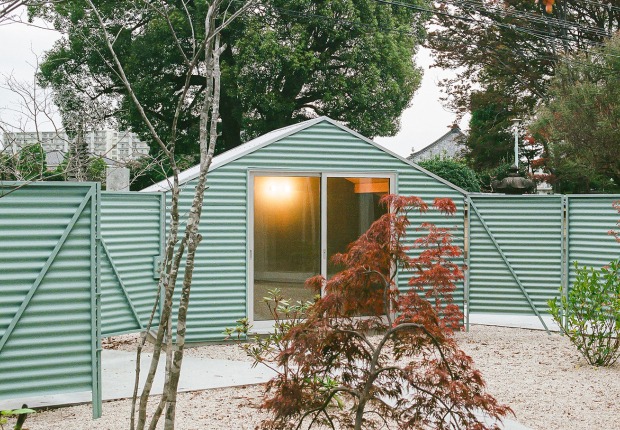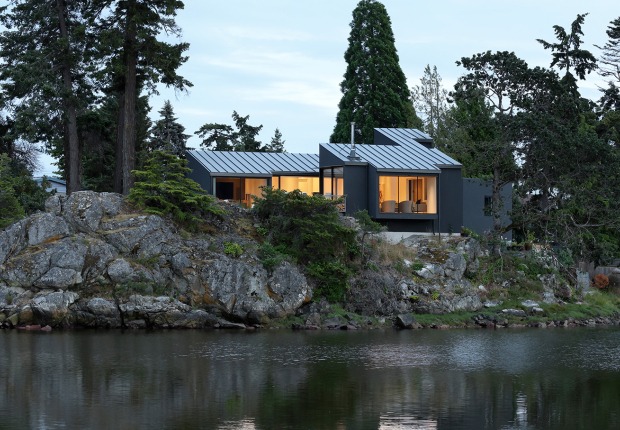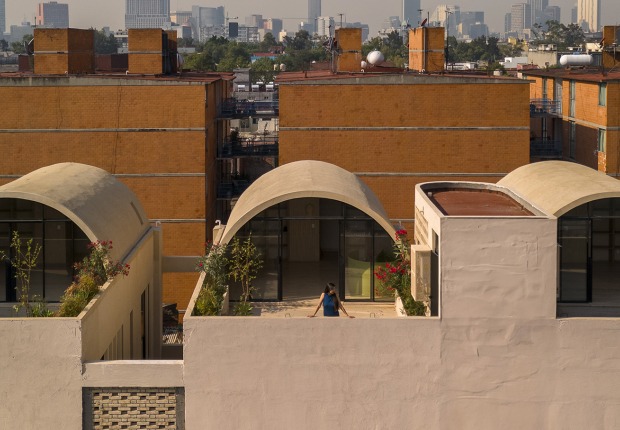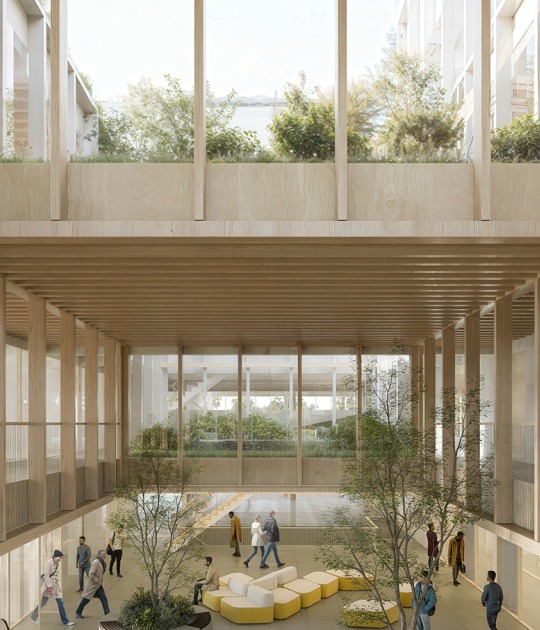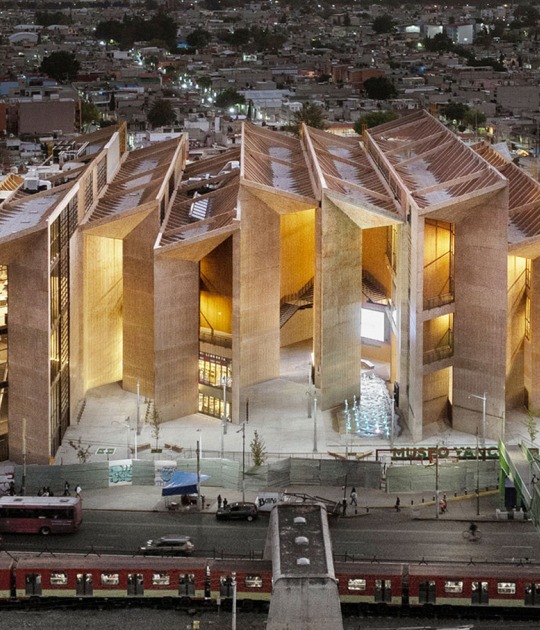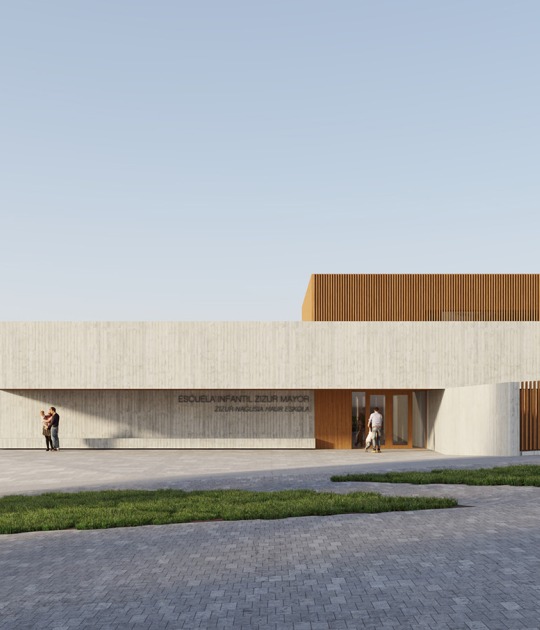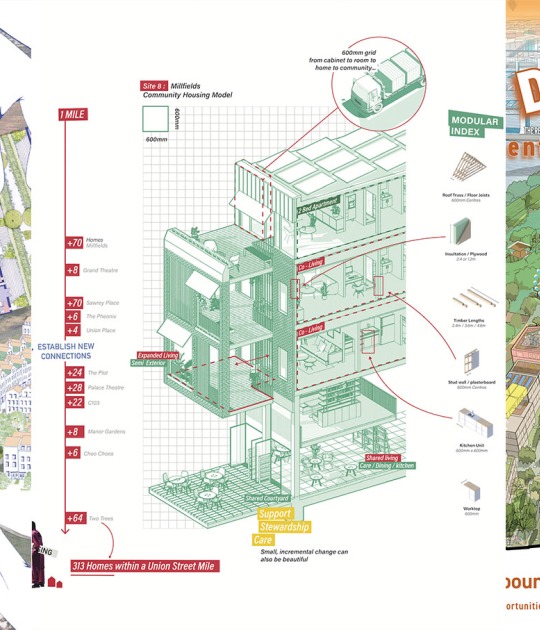The complex represents an innovative typology that allows urban density to be generated connecting the streets Prielmayerstra e and Schützenstra via two passages and at the same time creating diverse urban open spaces in the public realm, creating a lively, urban atmosphere through functional diversity and generous public green spaces.
The façade will be structured by slender, green anodised aluminium profiles that are fully recyclable. The office floors located on the upper floors have a timber hybrid construction, allowing for flexible layouts.
Project description by David Chipperfield Architects
A new mixed-use complex is to be built between Munich’s main railway station and the Karlsplatz, a square located in the heart of the city, creating a lively, urban atmosphere with its functional diversity and generous public green spaces. The area around the site is defined by two main urban principles: traces of the original mediaeval small-scale structure can be found in the city structure, as well as the rational, representative scale of the imperial capital. The design by David Chipperfield Architects Berlin reflects these two principles and combines them in a new, metropolitan structure. The result is a building representing an innovative typology that allows urban density to be generated while at the same time creating diverse urban open spaces in the public realm.
The permeable ground floor, a wide-spanning, cross vault structure resting on conical pillars, connects the streets Prielmayerstra e and Schützenstra e via two passages. On both streets, arcades invite passers-by to visit the building with its diverse public programme at ground floor level, including cultural facilities, shops, caf s and restaurants. Green open spaces with seating areas are not designed as interior courtyards, but open up to the street space, benefiting everyone who works and visits the building.
Building volumes of varying scales, which become increasingly smaller towards the top, are situated above the ground floor with its visible structure made of recycled concrete. These volumes initially follow the curved street lines up to the eaves height of the surrounding buildings. Above this, the structures are recessed towards the centre of the block and are freely arranged like dormers. This composition generates leafy terraces and an intensively planted, publicly accessible roofscape at several levels.
The façade is structured by slender, green anodised aluminium profiles that are fully recyclable. The office floors located on the upper floors have a timber hybrid construction, allowing for flexible layouts ranging from conservative cubicle offices to modern office landscapes with large, interconnected areas. The high flexibility of the floor plans, energy and resource efficiency as well as a high level of user comfort form the basis of the holistic sustainability concept.








